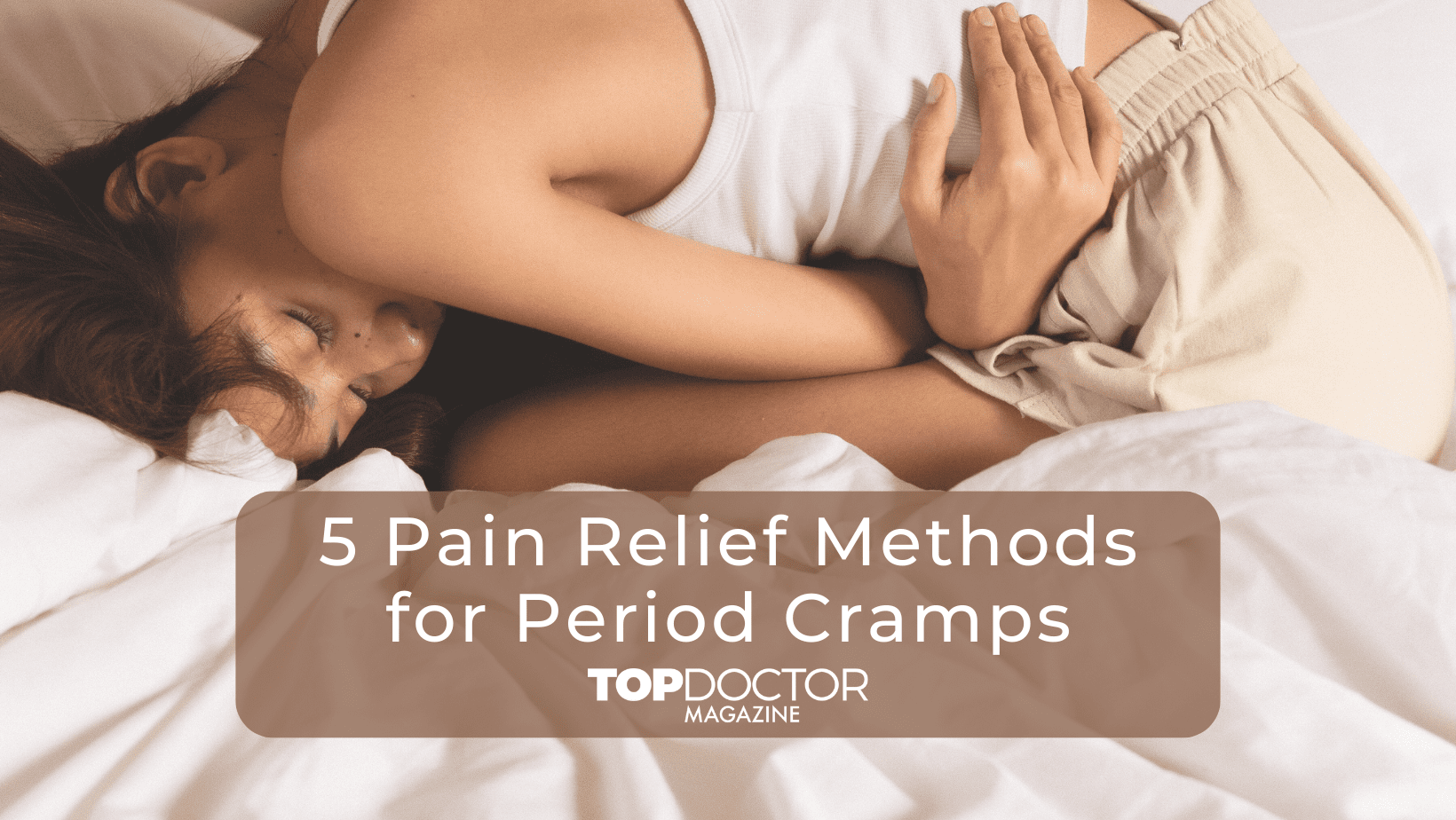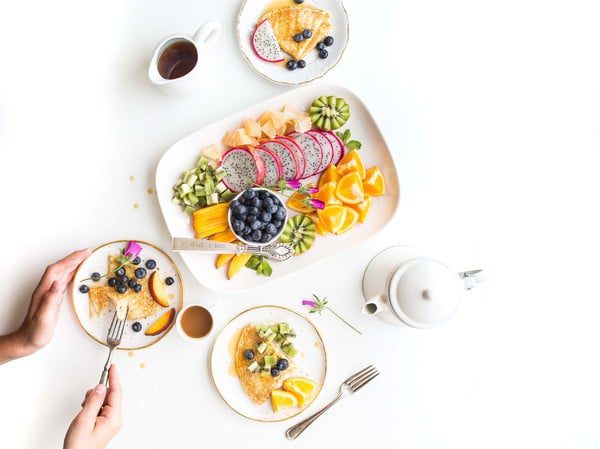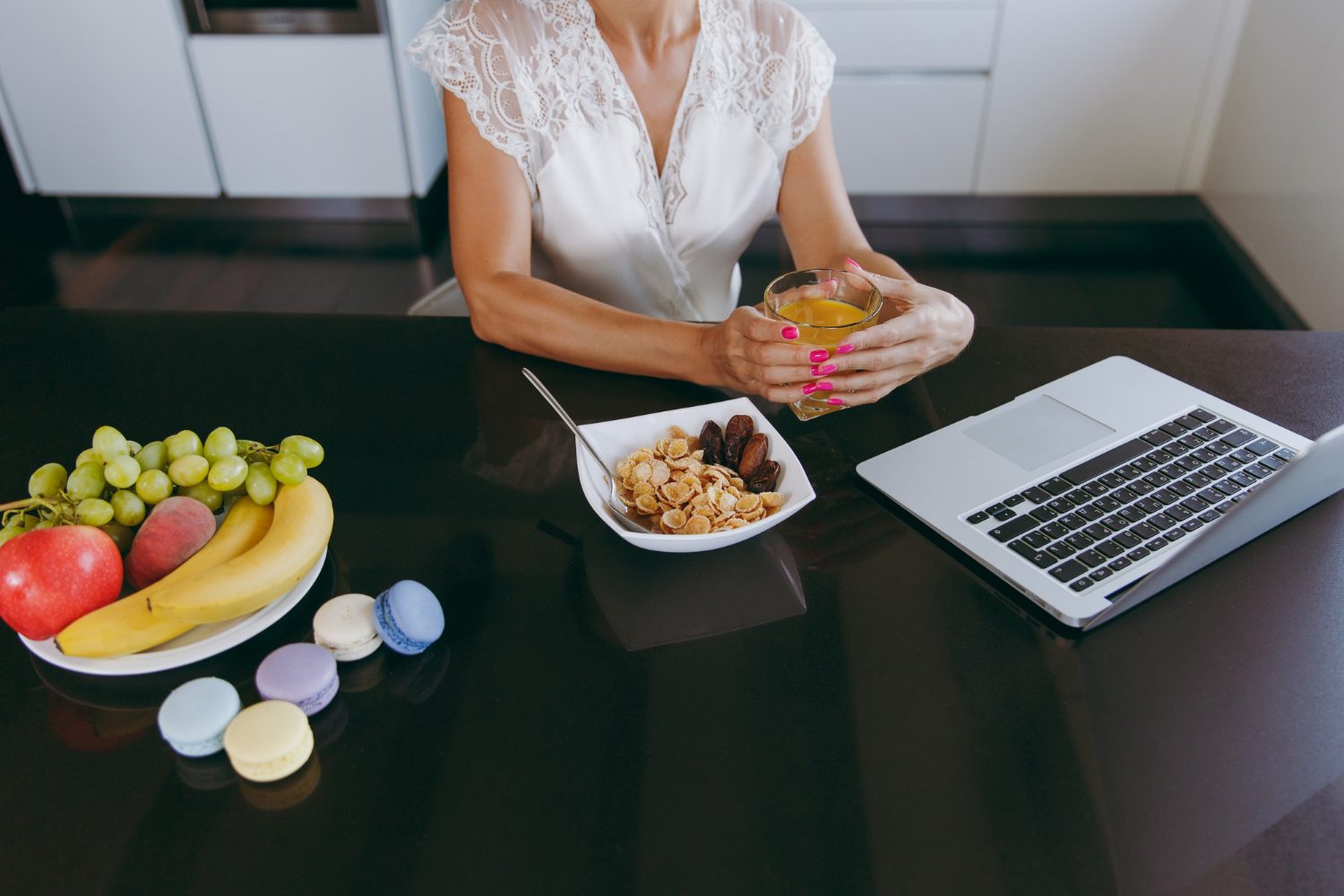Period cramps can cause intense pain for one to two days out of each month in over half of women. They can be frustrating, distracting and even debilitating.
Luckily, home remedies and lifestyle practices can help provide pain relief during periods for most women, and more advanced options are available to treat severe cramps. So, what are the most common treatments for period pain relief, and how do they work?
Pain Relief for Period Cramps
Period cramps occur when the uterus contracts and begins to shed the uterine lining. The pain associated with period cramps typically begins around the first day of a menstrual period and lessens as prostaglandin levels drop.
Different women have different baselines for normalcy when it comes to menstrual pain. Therefore, it’s essential to understand what’s normal for you and your body and investigate potential causes of abnormal period pain.
Many options are available for managing it effectively regarding normal period pain. Options for managing period cramps range from simple home remedies to prescription medications. In many cases, the best pain relief for menstrual cramps comes from combining several methods, like exercise, warmth and healthy eating. So, how can you relieve painful period cramps?
Why Does a Heating Pad Help With Menstrual Cramps?
A heating pad or hot water bottle is one of the most common and effective methods for pain relief during periods. Because the uterine wall is composed of muscle, warmth allows it to relax. One study found that the pain relief provided by a heating pad was comparable to the beneficial effects of ibuprofen. Other forms of warmth, such as a hot bath or shower, can also be effective.
Exercise for Pain Relief During Periods
Exercise is another excellent way to promote your overall health and relieve cramps while on your period. Although it might seem contradictory or counterproductive to exercise when you’re in pain, moving can help release endorphins and decrease pain. Yoga, walking and other forms of aerobic exercise are fantastic options.
Regular exercise between periods can also help make periods less painful. Exercise can also have a wide range of other positive impacts on your health, so it’s a good idea to immediately incorporate it into your routine.
Pain Relief Food for Your Periods
Did you know that the food you eat can impact the level of pain you experience during your period?
First, staying hydrated is essential, as drinking plenty of water can help reduce bloating. Conversely, caffeine can worsen period cramps, so it’s best to avoid it during your period.
Second, it’s best to avoid foods that contain excessive amounts of salt, sugar or trans fat. These foods can increase the pain associated with menstrual cramps and lead to increased bloating and inflammation.
Anti-inflammatory foods with high magnesium content can help relieve painful period cramps. Some helpful nutrients, such as vitamin D and magnesium, can be taken through dietary supplements, though you should consult your physician before adding new supplements to your diet). Managing the foods you eat and providing your body with the proper nutrients can help provide pain relief for period cramps.
What Painkillers Can I Take for Period Cramps?
A healthy diet can help manage period cramps, but it might not always be enough. Many women use over-the-counter medicine for pain relief during periods. Naproxen sodium or ibuprofen are typically effective as soon as symptoms of period pain occur. However, over-the-counter medications might not be strong enough for more severe period cramps. In such cases, a doctor might prescribe prescription-strength nonsteroidal anti-inflammatory medication.
For some women, hormonal birth control might also be an effective way to manage period pain. Although not a painkiller, it can address hormone imbalances and reduce irregular periods. Talk with your doctor about any medications you want to try and ensure that new medications won’t interfere with any current ones.
How To Relieve Period Pain Without Medication
You may not need to pick up medication from a pharmacy to relieve period pain. Most professionals find that evidence for the efficacy of many forms of alternative medicine is inconclusive, but some methods are helpful.
Acupuncture
Acupuncture, a treatment that involves the insertion of thin needles into the patient’s skin, is often used to treat muscle cramps. Acupressure can have a similarly relaxing effect on the muscles.
Herbal Teas
Herbal teas are a traditional remedy for period pain relief. Even if there’s little scientific evidence for the benefits of certain herbs to treat period cramps, warm teas can still help muscles relax.
Essential Oils for Period Pain Relief
Some women also recommend the use of essential oils for period pain relief. One study found that massaging essential oils into the lower abdomen relieved painful period cramps.
A Parting Reminder
A variety of methods can make your period cramps more bearable. If you struggle with painful period cramps, you may not need to search for a complicated medical solution. Many home remedies are easily accessible and can even positively affect other aspects of your health.
However, if your period cramps are debilitating or have suddenly worsened, it might be time to consult a physician. Severe period cramps might indicate underlying medical conditions like fibroids, ovarian cysts, endometriosis, PCOS or even bacterial infections.






0 Comments